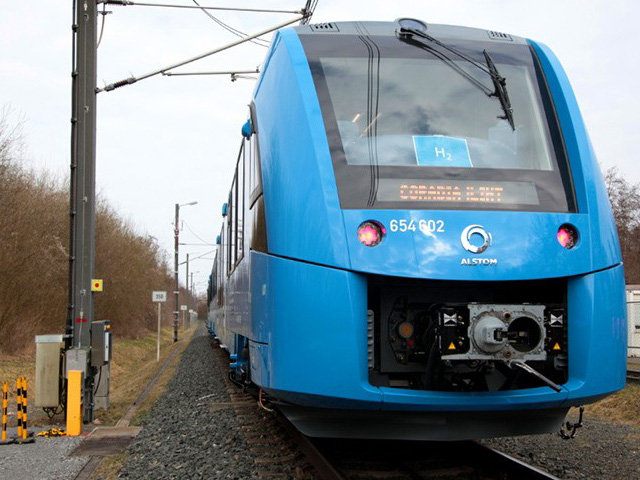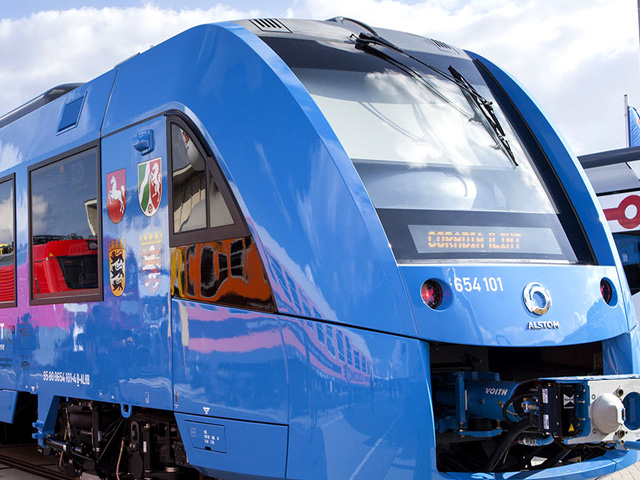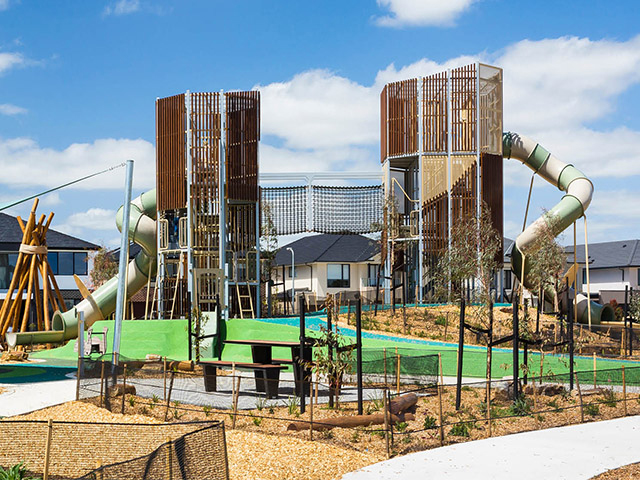ZERO-EMISSION TRAIN JOURNEY
03 Apr 2017
The inaugural voyage of the world’s first zero-emission train has taken place in Germany, this green machine looks set to leave other transport in its steam vapour.

The world’s only hydrogen-powered train has successfully completed its first journey along a test track in Germany. The French rail company Alstom are the masterminds behind the fuel-cell passenger train, which transports users without emitting a single molecule of carbon dioxide.


The Coradia iLint is the first ever train to complete a journey using only electrical power from a hydrogen fuel cell and can reach a maximum speed of 140 km/h. The zero-emissions train is completely silent, and gives off only steam and condensed water during its run, during its official test run the train reached a maximum speed of 80km/h with ease.
The four-week test runs currently undergoing in Salzgitter aim at confirming the stability of the energy supply system based on coordinated interaction between the drive, the fuel cell and the battery of the vehicle. The braking power is also being tested to check the interface between the pneumatic and the electric brake.
Coradia iLint is unique in that it’s combination of different innovative elements enable the train to run off hydrogen alone, including a clean energy conversion, flexible energy storage in batteries, and a smart management of traction power and available energy. The benefit to using transportation such as the Cordia iLint is that the technology enables sustainable train operation while maintaining high train performance.
Didier Pfleger, VP of Alstom Germany and Austria, explains that “the test run is a significant milestone in environmental protection and technical innovation. With the Coradia iLint and its fuel cell technology, Alstom is the first railway manufacturer to offer a zero-emission alternative for mass transit trains, which is a major step towards cleaner mobility in Europe.”
Alstom plans to continue testing the vehicle over coming months before the train is set to perform its first passenger journey at the beginning of 2018.

MORE NEWS

A TRUE GATHERING PLACE FOR THE COMMUNITY AT MERIDIAN CENTRAL RESERVE

NEW PUBLIC PARK ENDORSED FOR MELBOURNE'S FISHERMANS BEND PRECINCT

UNUSED HOUSING ESTATE YARD TRANSFORMED INTO COPENHAGEN'S NEWEST CLIMATE PARK

SQUEEZE ME IN: SCREENING TREES FOR NARROW SPACES

WORKS COMMENCE ON SYDNEY HARBOUR BRIDGE CYCLEWAY

